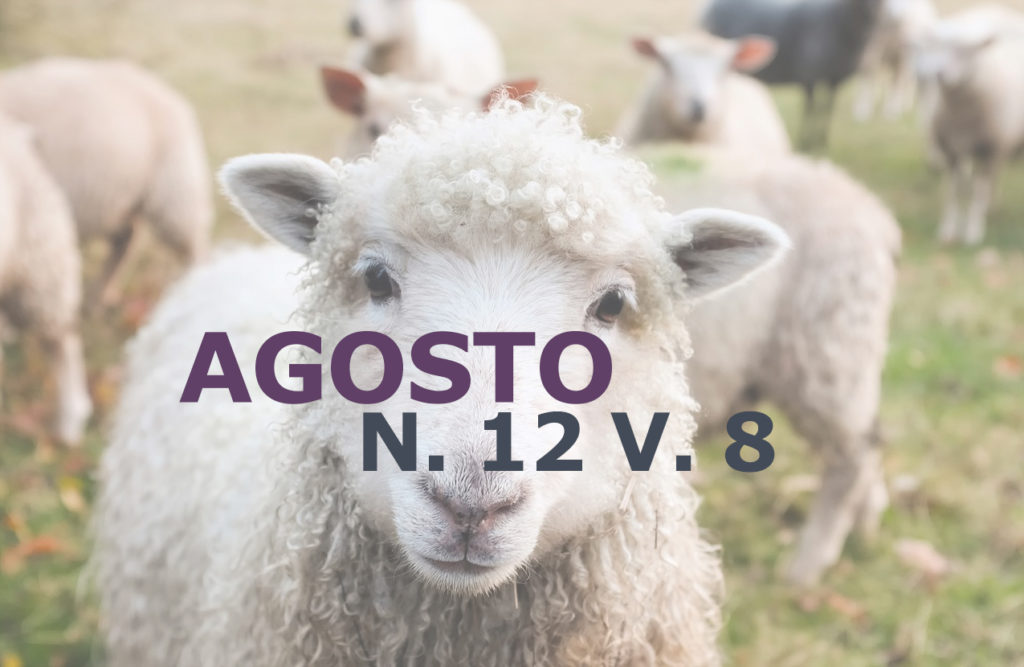Experimental management of Oreochromis niloticus fingerlings, feeding with commercial rations and pre/probiotic
DOI:
https://doi.org/10.31533/pubvet.v12n8a159.1-9Keywords:
tilapicultura; performance; experimenteAbstract
he Tilapia (Oreochromis niloticus) in Brazilian aquaculture accounts for 45% of continental fish production, with 219.33 thousand tons of fish. National tilapia farming is conducted with intensive management, exposing the fish to adverse crop situations. The objective of the experiment was to study the performance of tilapia fingerlings, fed commercial and pre/probiotic rations. The experiment was carried out at the Laboratory of Aquatic Organisms - LOA, which was set up at the Promove Faculties of Brasília - ICESP, Águas Claras campus - DF. The fifty-five tilapia fingerlings originated from Modelo Ipê Farm were used. The experiment was carried out in 40-liter rectangular aquariums containing external filters and microporous stones attached to air compressors. During the whole experiment, water quality parameters were monitored daily: temperature, dissolved oxygen concentration OD2 (mg/L), pH and ammonia (mg/L). For the removal of organic matter from aquariums composed of faeces and feed remains, the aquariums were siphoned and the water renewed daily. The water quality parameters of the experiment, phases 1 and 2, were within the limits recommended for tilapia, except the ammonia that presented high concentrations for the species. The good practices of low storage density management, high water renewal, external filtration system, constant aeration and feed utilization with pre and probiotics kept the fingerlings alive, even in experimental conditions and of presumed bacterial presence Edwardsiella tarda.
Downloads
Published
Issue
Section
License
Copyright (c) 2018 Luis Arthur Rodrigues de Andrade, Tatiana Maslowa Pegado de Azevedo

This work is licensed under a Creative Commons Attribution 4.0 International License.
Você tem o direito de:
Compartilhar — copiar e redistribuir o material em qualquer suporte ou formato
Adaptar — remixar, transformar, e criar a partir do material para qualquer fim, mesmo que comercial.
O licenciante não pode revogar estes direitos desde que você respeite os termos da licença. De acordo com os termos seguintes:
Atribuição
— Você deve dar o crédito apropriado, prover um link para a licença e indicar se mudanças foram feitas. Você deve fazê-lo em qualquer circunstância razoável, mas de nenhuma maneira que sugira que o licenciante apoia você ou o seu uso. Sem restrições adicionais
— Você não pode aplicar termos jurídicos ou medidas de caráter tecnológico que restrinjam legalmente outros de fazerem algo que a licença permita.





